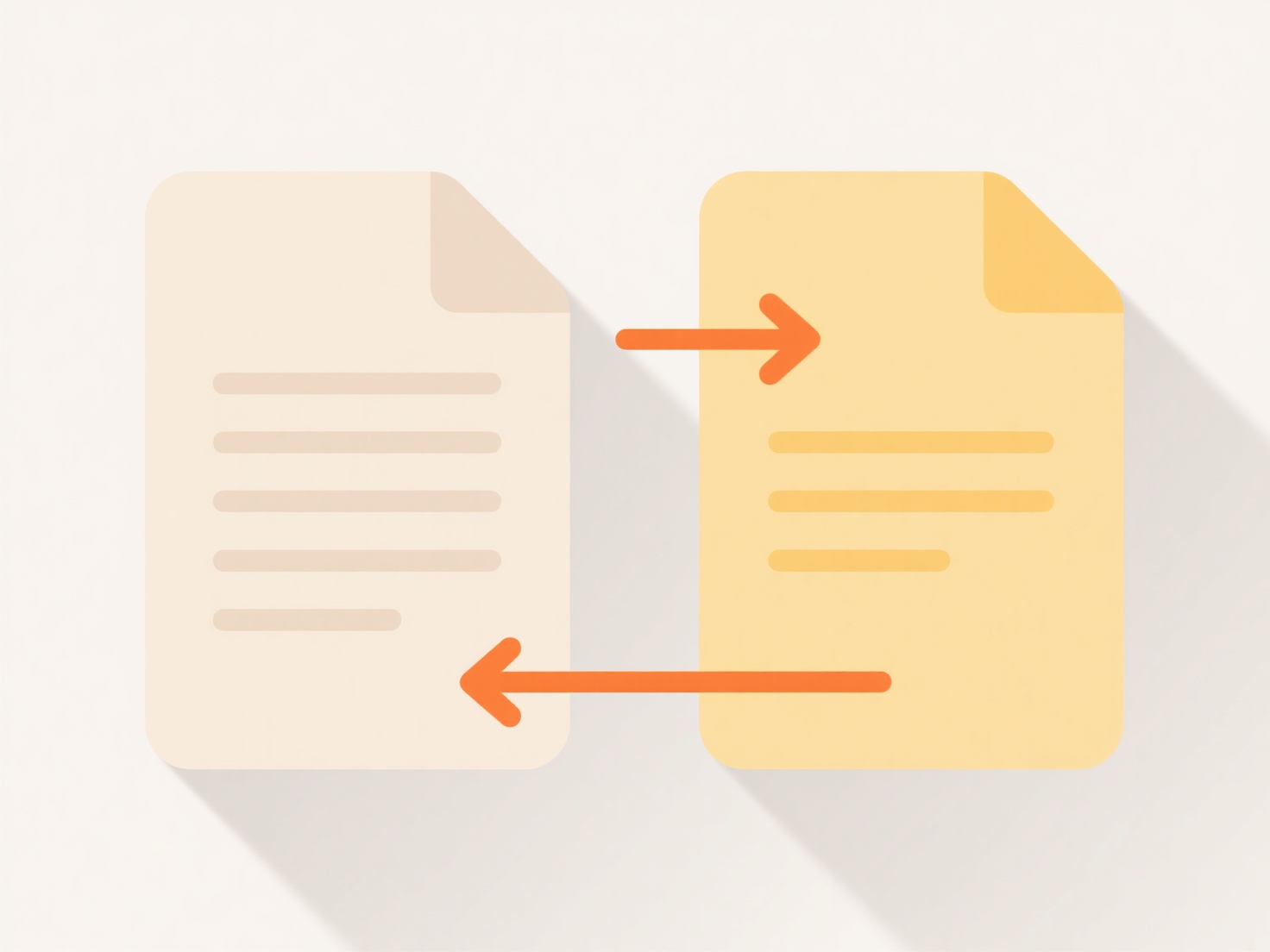
Preventing duplicate files involves avoiding identical copies of files on your storage device. Duplicates typically form by manual copying, saving variations repeatedly, or synchronization mishaps. Proactively establish organized folder structures and consistent naming conventions. Use descriptive filenames with dates or versions, making similar files easily distinguishable and reducing accidental recreation.

For example, photographers manage thousands of image variations; they avoid duplicates by using software like Adobe Lightroom or dedicated Digital Asset Management (DAM) systems. Software developers rely on version control systems like Git; they commit changes to a central repository instead of saving multiple local copies of source code files.
Effective prevention significantly saves storage space, prevents confusion from conflicting versions, and enhances workflow efficiency. However, strict naming or organization requires user discipline, and solely manual methods become impractical for vast file collections. Automating detection during file creation, possibly via future AI integration in operating systems, presents a promising development.
How do I prevent duplicate files?
Preventing duplicate files involves avoiding identical copies of files on your storage device. Duplicates typically form by manual copying, saving variations repeatedly, or synchronization mishaps. Proactively establish organized folder structures and consistent naming conventions. Use descriptive filenames with dates or versions, making similar files easily distinguishable and reducing accidental recreation.

For example, photographers manage thousands of image variations; they avoid duplicates by using software like Adobe Lightroom or dedicated Digital Asset Management (DAM) systems. Software developers rely on version control systems like Git; they commit changes to a central repository instead of saving multiple local copies of source code files.
Effective prevention significantly saves storage space, prevents confusion from conflicting versions, and enhances workflow efficiency. However, strict naming or organization requires user discipline, and solely manual methods become impractical for vast file collections. Automating detection during file creation, possibly via future AI integration in operating systems, presents a promising development.
Quick Article Links
How do I rename files in Google Drive?
Renaming a file in Google Drive changes the name displayed for that specific file within your Drive storage. This proces...
Why do legacy systems produce duplicates during export?
Legacy systems often produce duplicate records during data export primarily due to outdated data handling mechanisms. Un...
How do I organize brainstorming files or notes?
Organizing brainstorming files or notes means systematically structuring the raw ideas, concepts, and visual elements ge...